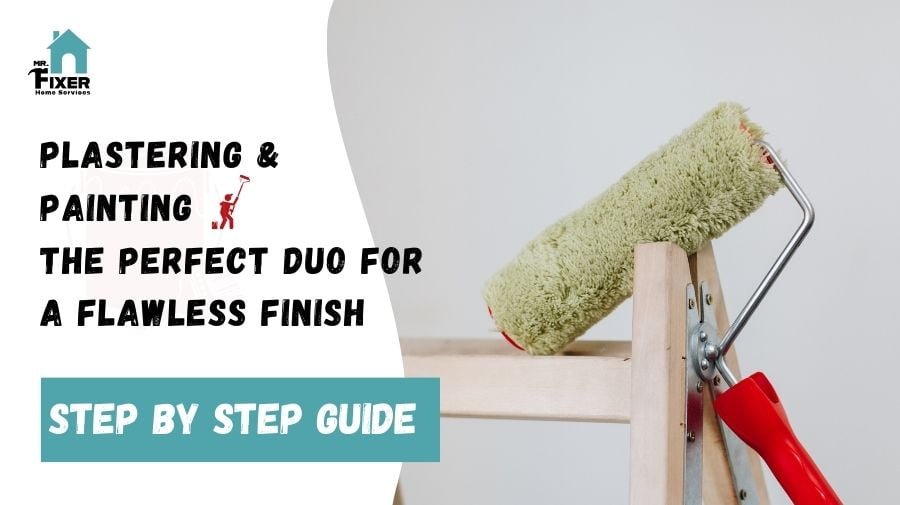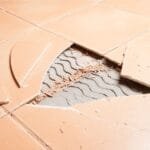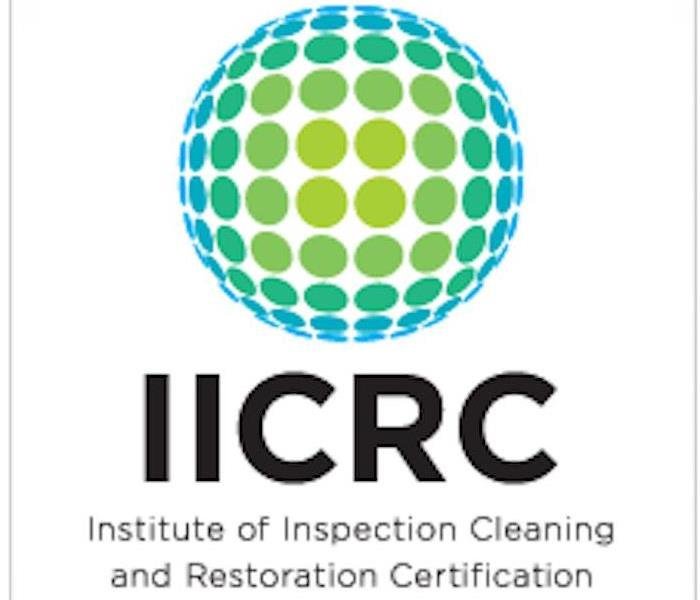Home improvement epitomizes the art of functionality and aesthetics when creating beautiful, long-lasting spaces. Among several techniques and materials used for home improvement, plastering and painting set a perfect dual partnership that can drive a flawless finish. Both complement each other to ensure that your walls are strong, smooth, and vibrant in appearance.
In this article, we will discuss the roles of plastering and painting and their ability to work well together.
Understanding Painting
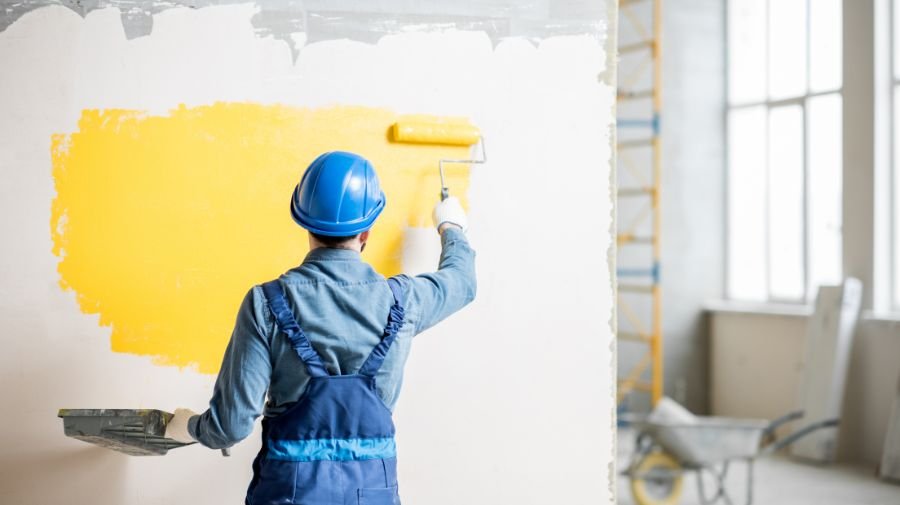
Painting is a multi-purpose activity in house renovation: It makes walls attractive, protects the wall surfaces, and may even reflect the moods or atmospheres of people in the room.
Purpose of Painting
People usually paint to provide color and character to a space. It protects them from the wear of water, sunlight, and other natural elements on the walls. Paint can also be used to mask imperfections, thus giving walls a clean and finished appearance.
Types of Painting
- Interior Painting includes wall painting decor, designer wall painting, and wall art for the living room. It concentrates on beautifying the interior settings.
- Exterior Painting: This involves outdoor painting and protects exterior walls from weather elements.
- Specialty Painting includes faux finishes, textured painting, and colored plaster for interior walls.
Benefits of Painting
- Aesthetic Appeal: Fresh paint reinvents any area by making it new and attractive.
- Protection: Good paint protects the wall from moisture, dust, and UV, increasing its life.
- Customization: Paint offers endless possibilities in customizing a space to personal taste and style.
Also read, Step-by-Step Guide: How to Paint Your Kitchen Cabinets
Understanding Plastering
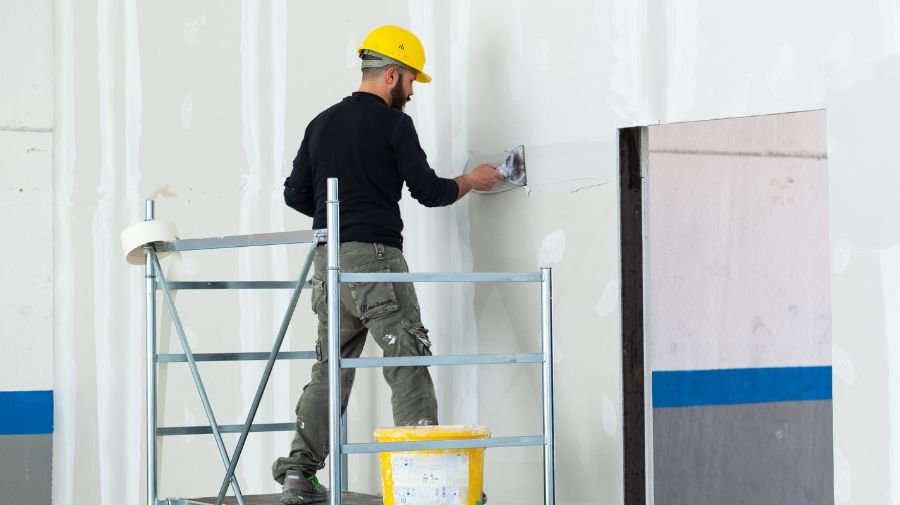
Plastering is one of the most critical wall construction and renovation processes. It produces a smooth, hard surface ready for painting or other finishes.
Purpose of Plastering
It involves applying a smooth layer to walls and ceilings. Plastering is especially necessary for new construction and interior plaster wall repair, making the wall solid and without imperfections.
Types of Plasters
- Gypsum Plaster: It plasters interior walls because it has a smooth finish and a fast setting time.
- Cement Plaster: It is best suited for exterior walls or lining inside stucco walls due to its strength and resistance to dampness or water.
- Lime Plaster: Breathable and gives a natural finish, used in restoration works.
Benefits of Plastering
- Durability: Plaster forms a hard and resilient surface that provides resistance against wear and tear.
- Smooth Finish: This will give a level surface crucial for perfect painting.
- Versatility: It is suitable for interior and exterior works, such as plastering outside walls and exterior wall plasters.
Why Plastering and Painting Are The Perfect Duo
Following are some factors that make plastering and painting the perfect duo:
- Smooth Finish: The plastering provides a seamless base to the paint, which sits very well and appears uniform.
- Improved durability: The plaster and paint enhance durability by protecting the walls.
- Aesthetic Versatility: Plastering provides numerous textures and finishes, while paint offers excellent flexibility in color and design.
Process of Plastering and Painting
Plastering Process
- Mixing Plaster: Combine just the appropriate amount of plaster powder in water until you obtain a smooth, lump-free mixture.
- Application of First Coat (Scratch Coat): Apply one layer of plaster and ensure it is well attached to the wall surface.
- Application of the Second Coat (Brown Coat): The second layer builds thickness and smooths the surface.
- Finishing Coat (Smooth Coat): Apply the final thin coat for an ultra-smooth finish.
Painting Process
- Choosing the Right Paint and Tools: Choose the right type of paint. Then, collect the correct brushes, rollers, clothes for drops, and all other necessary utensils.
- Priming the Plastered Surface: Apply a primer over the plastered wall to ensure it properly adheres to the paint and increases its lifespan.
- Apply the First Coat of Paint: The first coat should be applied in even strokes, covering the entire surface.
- Additional Coats for Faultless Finishing: One or more additional coats should be applied to achieve a uniform, lively color.
Maintenance and Upkeep
Regular Cleaning and Inspections
Clean dust and dirt off painted surfaces frequently, and inspect all walls for damage or wear at the same frequency.
Repairing Cracks and Chips Promptly
You should attend to any cracks in the plaster or chips in the paint immediately to prevent further damage and maintain a flawless appearance.
When to Consider Replastering and Repainting
You should perform replastering and repainting on walls with considerable wear out or damage or when a new look is required. The expression of these signs comes in the form of peeling paint off the wall, severe cracks that become visible, or colors/designs that are relatively outdated.
Conclusion: Enhancing Your Space with Expert Plastering and Painting
Plastering and painting are steps to home improvement; however, they can give a place shape from the foundation upwards. If done by an expert, such processes can transform any space into a beautiful, durable, personalized environment.
Let the experts at Mr. Fixer do enamel work, be it repairing interior walls, painting plaster walls, or starting a home painting project, with impeccable results to enhance space and uplift the aesthetic appeal of your home.

